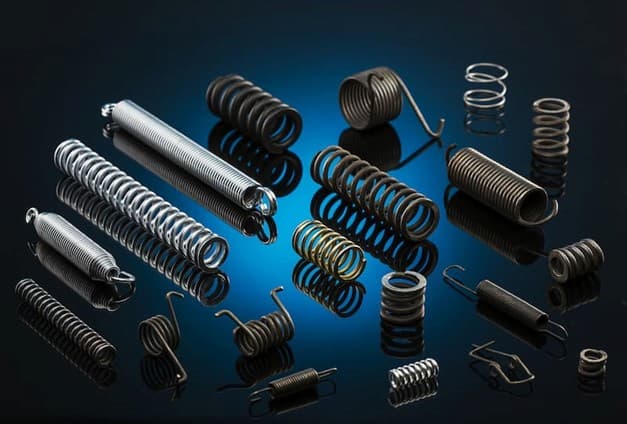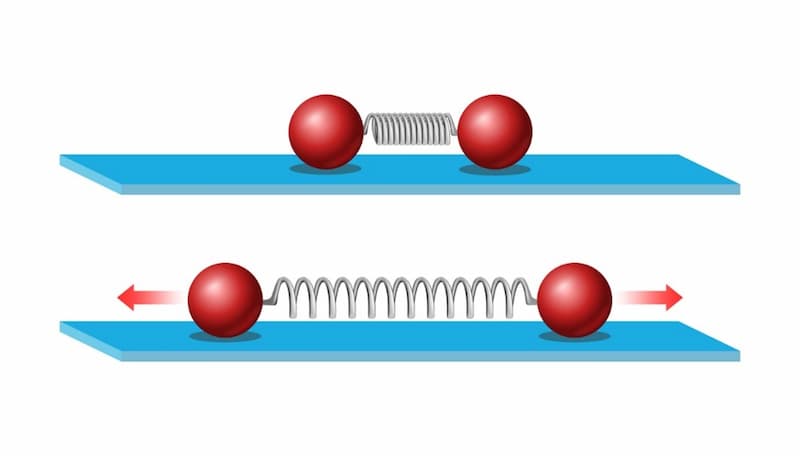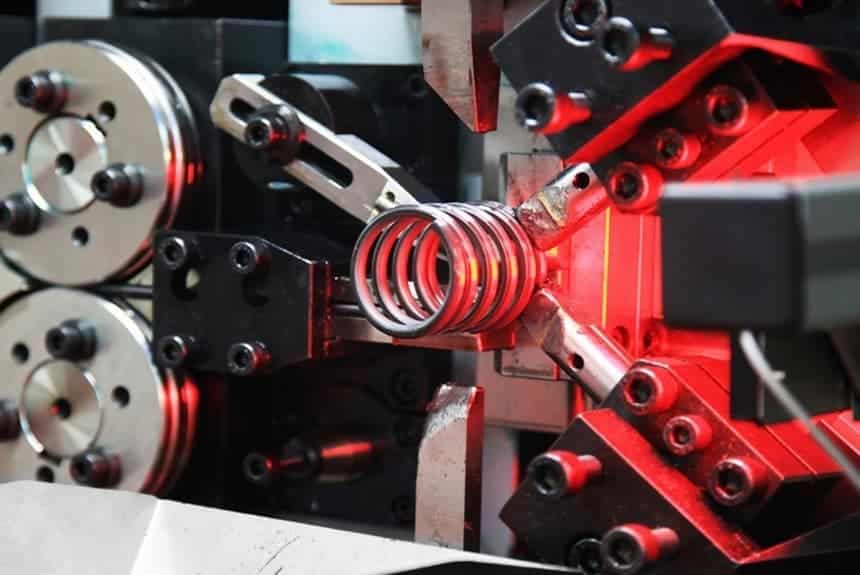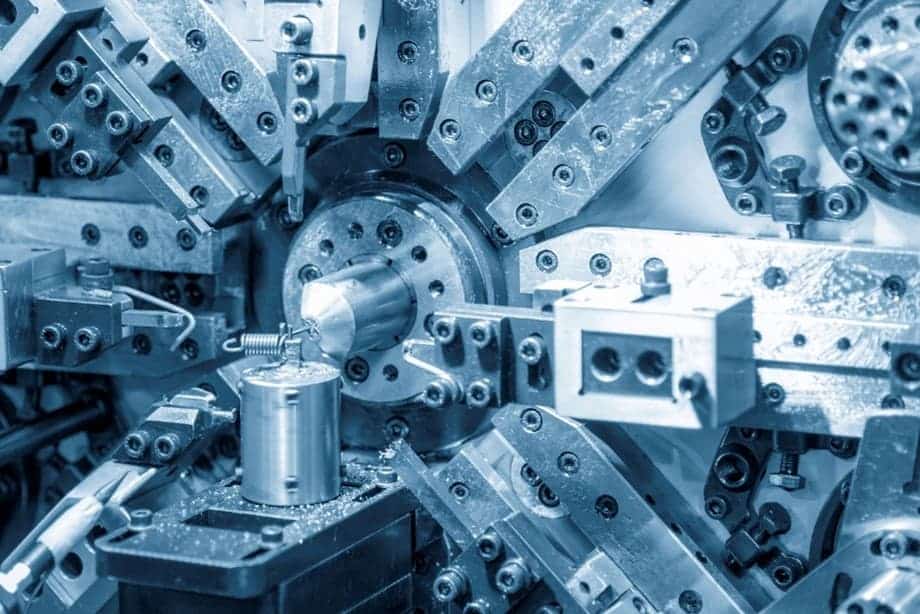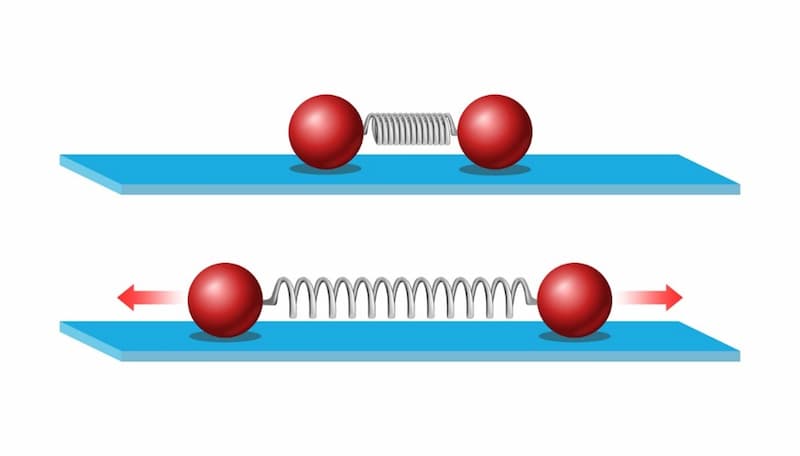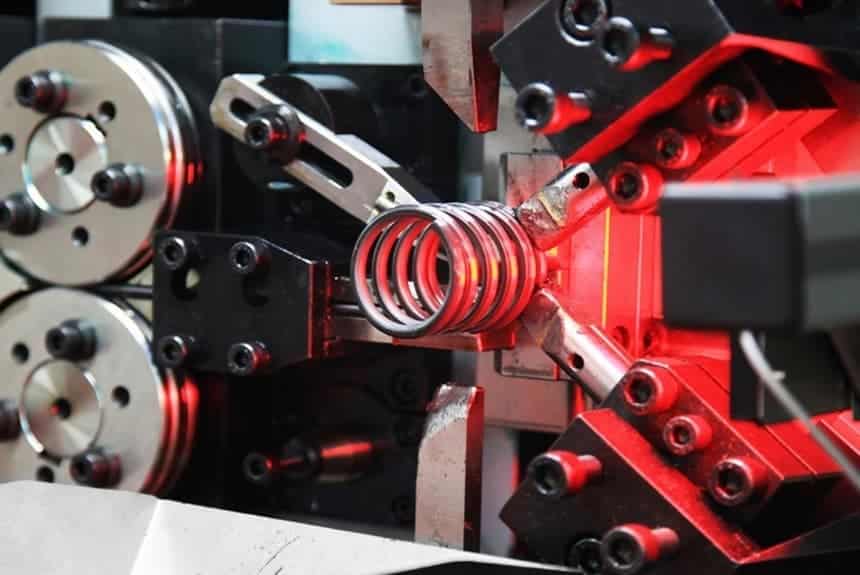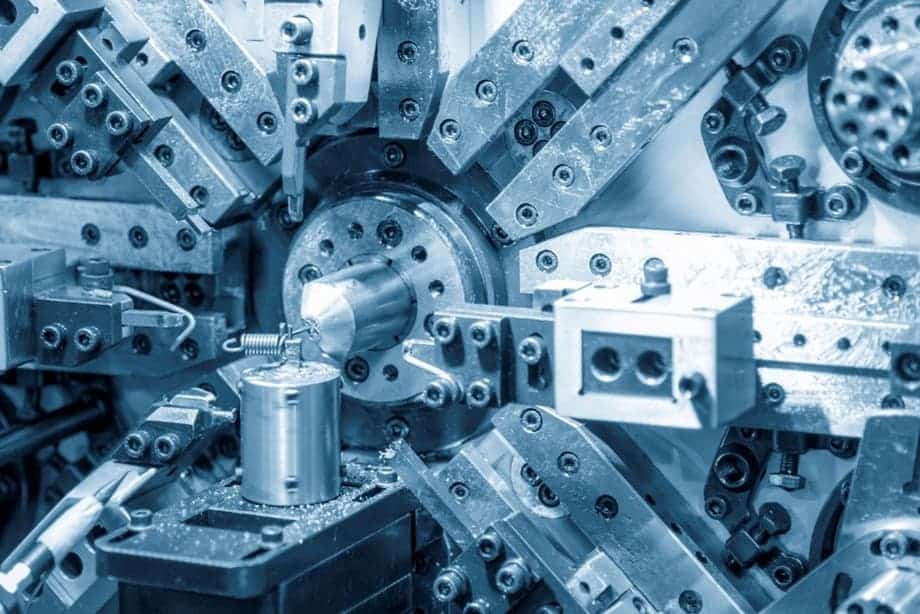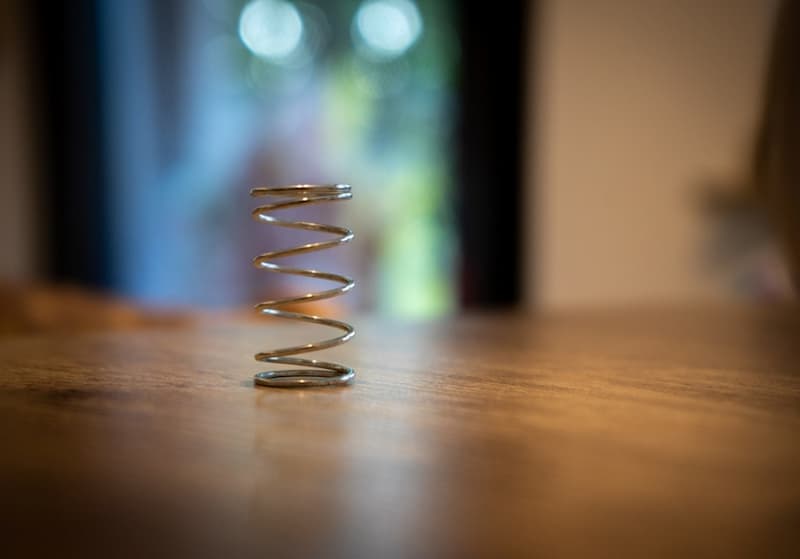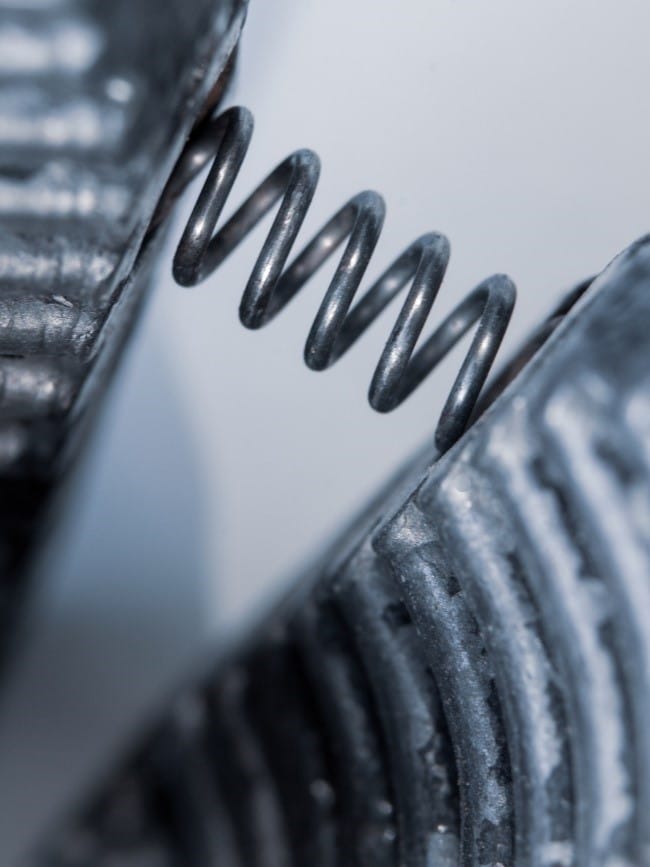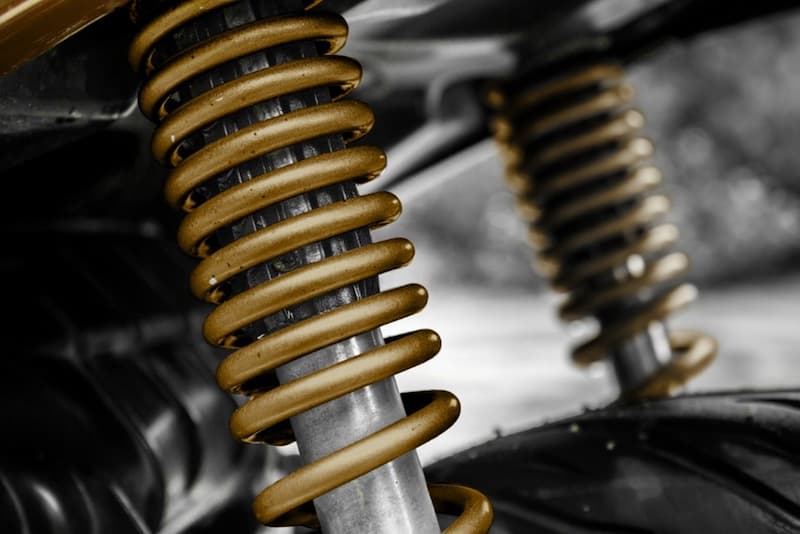The collaboration between manufacturers and energy companies is consistently beneficial, and this is especially relevant when considering the engineering possibilities related to springs. The energy sector, divergent from traditional industries, promotes continuous progression in component design. While this has always been true, it has accelerated in recent years with the increased investments in renewable technologies. Read on to explore how these two sectors work collaboratively for the betterment of each other and the world.
The Power of Collaboration Between Spring Manufacturers and Energy Companies
Whilst stock springs provide consistently reliable results, this limitation often proves to be restrictive for the evolving nature of applications in the energy sector. This creates a persistent demand for custom spring design, further encouraging collaboration with spring manufacturers to engage in innovative pursuits to fulfil the needs of the changing sector.
The rewards for energy companies within this collaboration are substantial. By having spring manufacturers create custom solutions, they obtain products that align directly with their specific needs. It is this higher level of manufacturing control and quality that encourages sustained reliability—an essential element in the energy sector.
The collaboration is not confined to addressing intricate engineering difficulties alone. The openness of the partnership fosters iterative feedback exchange across many areas, from component specifications and capabilities to how they are sourced for responsible manufacturing. Energy companies communicate their unique challenges, enabling spring manufacturers to refine their expertise. It represents a symbiotic relationship driven by common objectives, including efficient solutions, operational excellence, and market competitiveness.
European Spring’s Work With the Energy Sector
We have decades of experience interfacing with electrical power entities across Europe. Our skill set is anchored in our ability to construct high-quality springs, pressings, and wire forms – components that are indispensable in various energy-generation mechanisms and machinery.
Our springs for electrical power primarily revolve around the creation of components designed specifically for electrical applications, acting as the foundation of numerous widely used electrical products. The intricate fabrication of these customised solutions demands a keen understanding of precision engineering underpinned by comprehensive experience in the field. We utilise a unique blend of technical craftsmanship and innovative methodologies to deliver components that align diligently with our client’s requirements.
Central to our operations is a commitment to serve a broad spectrum of industries with our springs and bespoke pressings. Geographical borders do not restrict our manufacturing expertise. Collaborating with global associates, such as the Lesjöfors Group, we take pride in our ability to design, produce, and deliver esteemed products to customers across the globe.
Role of Spring Designs in the Energy Sector
As a dedicated UK spring manufacturer, we harness precise mechanical properties in designing springs. Compression, torsion, and extension springs comprise our core portfolio.
Compression Springs
Our specifically designed compression springs serve a pivotal role in energy generation. These springs store energy and exert a resisting push force when compressed. In energy applications, they are often found in safety valves, acting as a central element in preventing pressure build-up.
Torsion Springs
Torsion springs, another key product, operate by applying torque or rotational energy. Depending on their design, these springs can store and release angular energy or simply hold a mechanism in place. They are frequent constituents of generator mechanisms, providing crucial support in maintaining operational efficiency.
Tension Springs
Tension springs, distinguished by their tightly coiled loops, store energy and create resistance to pull forces. Commonly employed within electrical switchgear and circuit breakers, these springs aid in managing electricity flow and promoting safety standards.
Wire form Designs in the Energy Industry
At European Springs, we fabricate intricate wire forms, each tailored to their unique energy sector applications. Designing these wire forms demands an integration of innovation, precision, and versatility to adequately serve the broad energy sector needs.
Our wire forms are often utilised within power line transmission systems. In these settings, they prove indispensable for securing key elements and promoting transmission efficiency. Custom-designed wire forms also find applications in housing and securing electrical wiring in power stations or distribution equipment.
Pressing Designs and their Impact on the Energy Sector
Equally critical in our line of work are bespoke pressings. We design and manufacture pressings that offer unique solutions tailored to energy industry applications.
Our precision pressings provide invaluable mechanical advantages within energy systems. These often act as connectors within electrical systems, such as circuit breakers and switchgear. Their design and manufacture necessitate a deep understanding of the EC directives connected to the energy market.
In conclusion, our tailored spring designs, wire forms, and pressings are integral to the energy industry’s demands. Whether driving efficiency, promoting safety, or ensuring connectivity, our products epitomise the power of precision engineering in the energy sector.
Bespoke Spring Manufacturing for the Energy Sector
As a spring manufacturer working with international electrical power companies, our role extends beyond the simple manufacturing of components. We are partners in progress with this sector, providing the energy sector with robust and effective spring solutions that propel the industry towards more efficient energy generation and distribution systems.
Our constant pursuit of pioneering spring designs triggers new possibilities for future energy production, including renewables. Contact our team directly to discover how our expert engineer’s work will benefit your energy facility.



